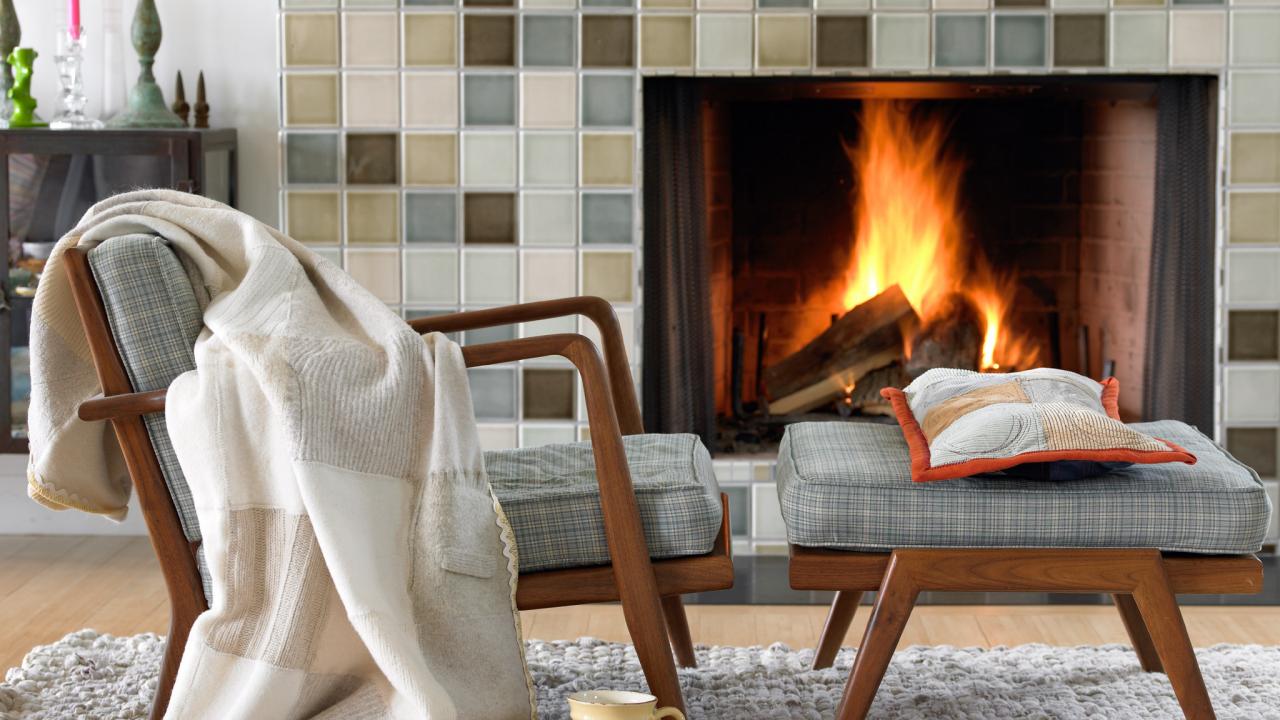

Articles
Why Is My Fireplace Popping
Modified: February 24, 2024
Discover why your fireplace is making popping sounds and find useful articles on how to fix the issue and enjoy a cozy, quiet fire.
(Many of the links in this article redirect to a specific reviewed product. Your purchase of these products through affiliate links helps to generate commission for Storables.com, at no extra cost. Learn more)
Introduction
There’s nothing quite like cozying up by a crackling fire in the winter months. However, if you’ve experienced the phenomenon of your fireplace popping and crackling excessively, you may find yourself wondering why it occurs and if there’s a solution.
Fireplace popping, also known as spitting or snapping, happens when the wood in the fire generates loud and sudden sounds as it burns. While some degree of crackling is normal and even adds to the charm of a fireplace, excessive popping can be a nuisance and potentially indicate underlying issues that need to be addressed.
In this article, we will explore the common causes of fireplace popping and provide potential solutions to help you enjoy a quiet and peaceful fire experience.
Key Takeaways:
- Enjoy a quieter fire by using well-seasoned hardwoods and addressing creosote buildup through regular chimney cleaning. Prioritize safety and efficient burning practices for a peaceful fireplace experience.
- Enhance safety and reduce fireplace popping with a quality fireplace screen. Contain sparks, reduce noise, and add a decorative touch to your fireplace while prioritizing safety and aesthetics.
Read more: Why Is My Water Heater Popping
Causes of Fireplace Popping
Understanding the causes of fireplace popping can help you identify the root of the problem and take appropriate measures to mitigate or resolve the issue. Here are some common factors that contribute to excessive popping:
- Fuel Quality: The quality of the wood you use in your fireplace can greatly impact how much it pops. Green or unseasoned wood, which has a high moisture content, tends to produce more steam as it burns. This steam can cause loud popping sounds. Additionally, hardwoods like oak or hickory have a higher density and lower moisture content, leading to a cleaner-burning fire with less popping.
- Moisture Content of Wood: Firewood needs to be properly seasoned before it is burned. Seasoned wood has been dried for at least six months to reduce its moisture content. When wood with high moisture is burned, the water in the logs turns into steam, resulting in increased popping. It is essential to use well-seasoned firewood to minimize popping and create a more efficient and enjoyable fire.
- Creosote Buildup: Creosote is a byproduct of wood burning that accumulates in the chimney over time. When too much creosote is present, it can lead to chimney fires and increased popping. The crackling sounds may be caused by the ignition of creosote deposits. Regular chimney cleaning and inspection are crucial to remove creosote buildup and maintain a safe and quiet fireplace.
- Airflow Issues: Insufficient airflow within the fireplace or chimney can contribute to popping. A clogged or blocked chimney restricts the proper release of combustion gases, which can cause irregular burning and louder popping noises. Ensuring proper ventilation and addressing any airflow obstructions can help alleviate this issue.
Fuel Quality
The quality of the wood you use in your fireplace plays a significant role in the popping phenomenon. Using high-quality wood can not only reduce excessive popping but also improve the overall efficiency and enjoyment of your fire. Here’s how fuel quality affects fireplace popping:
1. Moisture Content: The moisture content of the wood is crucial in determining how much it pops. Green or unseasoned wood, which has not been properly dried, contains a high amount of moisture. When burned, this moisture turns into steam, causing more popping and crackling sounds. On the other hand, well-seasoned firewood has a lower moisture content, resulting in a cleaner burn with reduced popping. It is recommended to use firewood that has been seasoned for at least six months.
2. Hardwoods vs. Softwoods: The type of wood you burn also affects popping. Hardwoods such as oak, hickory, or maple have a higher density and lower moisture content compared to softwoods like pine or spruce. Hardwoods burn more efficiently, producing less smoke and creosote, which can lead to reduced popping. They also tend to have a higher heat output and longer burn time, making them ideal for a cozy and enjoyable fire experience.
3. Proper Storage: How you store your firewood can impact its moisture content. Wood that is exposed to rain, snow, or excessive humidity will absorb more moisture, increasing the likelihood of popping. To maintain the quality of your firewood, store it in a dry and well-ventilated area, preferably off the ground to prevent moisture absorption from the soil. Covering the woodpile with a tarp or waterproof cover can also protect it from the elements and maintain its seasoning.
4. Avoiding Treated or Painted Wood: Using wood that has been treated with chemicals or painted can lead to excessive popping and the release of harmful fumes into your home. It is best to avoid using wood that has been chemically treated or painted, as it can pose health hazards and damage your fireplace or chimney.
By prioritizing high-quality, properly seasoned firewood and following proper storage practices, you can significantly reduce fireplace popping and create a more enjoyable and efficient fire experience.
Moisture Content of Wood
The moisture content of the wood used in a fireplace is a critical factor that directly affects the popping and crackling sounds. High moisture content leads to increased steam production during combustion, resulting in more pronounced popping noises. Understanding the importance of wood moisture content can help you minimize fireplace popping. Here are some key points to consider:
1. Seasoned Firewood: Seasoned firewood refers to wood that has been properly dried for an extended period. It typically has a moisture content of 20% or less, making it ideal for burning in a fireplace. Using well-seasoned firewood reduces the production of steam, resulting in a quieter fire with minimal popping. It is recommended to season firewood for at least six months before use.
2. Moisture Meters: To determine the moisture content of firewood accurately, you can use a moisture meter designed specifically for this purpose. These handheld devices provide instant readings by measuring the electrical conductivity of the wood. By regularly checking the moisture content of your firewood, you can ensure it is properly seasoned before burning.
3. Proper Storage: How you store your firewood affects its moisture content. To maintain low moisture levels, it is important to store firewood in a dry and well-ventilated area. Avoid stacking wood directly on the ground, as this can lead to moisture absorption from the soil. Instead, use a sturdy rack to elevate the woodpile, allowing air circulation to help further dry the wood and prevent excessive moisture.
4. Drying Techniques: If you have obtained freshly cut or green wood that needs to be seasoned, there are drying techniques you can employ to expedite the process. Splitting the wood into smaller pieces and exposing them to direct sunlight and airflow can help accelerate drying. Additionally, ensuring the wood is properly covered and protected from rain or excessive moisture will aid in the drying process.
5. Testing for Readiness: To determine if your firewood is adequately seasoned, perform a visual and auditory inspection. Well-seasoned wood typically has cracks on the ends and a lighter weight compared to green wood. When two pieces of well-seasoned firewood are struck together, they will produce a higher-pitched sound compared to green wood, which produces a dull thud.
By using properly seasoned firewood with low moisture content and implementing effective storage practices, you can greatly reduce fireplace popping and enjoy a quieter and more enjoyable fire experience.
Creosote Buildup
Creosote buildup is a common issue that can contribute to excessive fireplace popping. Creosote is a dark, sticky, and highly flammable substance that forms as a byproduct of wood combustion. It can accumulate on the interior walls of the chimney over time, creating several problems. Here’s what you need to know about creosote buildup:
1. Causes of Creosote Buildup: Creosote develops when smoke and other byproducts of burning wood cool and condense on the chimney walls. Factors such as burning unseasoned or green wood, restricted airflow, and low-temperature fires can increase the formation of creosote. It is important to note that creosote buildup is a natural occurrence when burning wood, and it needs to be addressed regularly to ensure safe operation of your fireplace.
2. Risks and Hazards: Excessive creosote buildup poses several risks and hazards. It is highly combustible and becomes a fire hazard if it ignites, leading to a chimney fire. Chimney fires can cause significant damage to the chimney structure and, in severe cases, spread to other parts of the house. Creosote buildup can also restrict airflow and ventilation, affecting the efficiency and performance of your fireplace.
3. Recognizing Creosote: Creosote can vary in appearance, ranging from a flaky, crusty substance to a shiny, tar-like glaze, depending on its stage of development. During a chimney inspection, a professional chimney sweep can assess the level of creosote buildup and determine if cleaning is necessary.
4. Regular Chimney Cleaning: To prevent excessive creosote buildup and reduce fireplace popping, regular chimney cleaning is essential. It is recommended to have your chimney professionally cleaned and inspected at least once a year. A professional chimney sweep will remove the creosote deposits, ensuring a clean and safe chimney. They will also identify any potential issues or damage that needs to be addressed.
5. Safe Burning Practices: Proper burning practices can help minimize creosote buildup. Use well-seasoned firewood with low moisture content as it produces less smoke and creosote. Avoid burning materials other than wood, such as paper or cardboard, as they can contribute to increased creosote formation. Maintain proper airflow by opening the damper fully and avoiding restricted airflow due to closed glass doors or improperly functioning dampers.
By addressing creosote buildup through regular chimney cleaning and adopting safe burning practices, you can reduce the risk of chimney fires and minimize fireplace popping, ensuring a safer and more pleasant fire experience.
Airflow Issues
Adequate airflow is vital for proper combustion in your fireplace. When airflow is compromised, it can lead to inefficient burning, increased smoke production, and contribute to fireplace popping. Here are some common airflow issues and their impact on fireplace performance:
1. Blocked or Clogged Chimney: A blocked or clogged chimney restricts the flow of smoke and combustion gases out of the fireplace. This can cause backdrafts, leading to increased smoke and decreased airflow. A blocked chimney can also contribute to incomplete combustion and excessive popping. Regular chimney cleaning and inspection can help remove any obstructions and maintain proper airflow.
2. Damaged Flue or Damper: A damaged flue or malfunctioning damper can affect the airflow in your fireplace. A stuck or partially open damper can cause improper ventilation, resulting in increased smoke and poor combustion. Likewise, a damaged flue can lead to restricted airflow, leading to excessive popping. It is important to ensure that the damper is functioning correctly and the flue is in good condition.
3. Obstructed Air Vents: Many fireplaces have air vents or dampers that allow for the regulation of airflow. If these vents are obstructed or closed, it can restrict the amount of air entering the fireplace, leading to incomplete combustion and increased popping. Make sure all air vents are fully open and unobstructed to allow for proper airflow.
4. Improperly Sized Fireplace Opening: The size of the fireplace opening plays a role in determining the airflow. If the fireplace opening is too small, it can result in poor venting and inadequate air supply, causing the fire to smolder and produce more smoke and popping sounds. A fireplace professional can assess the size of your fireplace opening and recommend any necessary modifications to improve airflow.
5. Inadequate Draft: Draft refers to the upward flow of air through the chimney. Insufficient draft can cause smoke to linger in the fireplace, leading to reduced airflow and increased popping. Factors like chimney height, nearby obstructions, and weather conditions can affect the draft. Installing a draft-inducing chimney cap or contacting a professional chimney sweep for assistance can help alleviate this issue.
By addressing and resolving airflow issues, you can improve the efficiency and performance of your fireplace while reducing excessive popping. Regular chimney maintenance, proper ventilation, and ensuring unobstructed airflow will create a more enjoyable and tranquil fire experience.
Make sure your firewood is properly seasoned and dry before using it in your fireplace. Wet or unseasoned wood can cause excessive popping and crackling.
Solution for Fireplace Popping
Experiencing excessive popping in your fireplace can be frustrating, but there are several solutions that can help minimize or eliminate the issue. By addressing the underlying causes and implementing these solutions, you can enjoy a quieter and more enjoyable fire experience. Here are some effective solutions for reducing fireplace popping:
1. Regular Chimney Cleaning: One of the key steps in reducing fireplace popping is ensuring a clean chimney. Creosote buildup in the chimney can contribute to louder popping sounds. Schedule regular chimney cleanings with a professional chimney sweep to remove any creosote deposits and other obstructions that may be affecting airflow.
2. Properly Seasoning Wood: Using well-seasoned firewood with low moisture content is essential for minimizing fireplace popping. Allow firewood to dry for at least six months before burning. Properly seasoned wood produces less steam, resulting in reduced popping sounds. Use a moisture meter to check the moisture content of the firewood before using it in your fireplace.
3. Using a Fireplace Screen: Installing a fireplace screen can help contain popping embers and reduce noise. The screen acts as a barrier, preventing sparks and embers from escaping the fireplace and causing loud popping sounds. It also adds a layer of safety by protecting your home from potential fire hazards.
4. Ensuring Proper Ventilation: Adequate airflow is crucial for efficient and quiet combustion. Make sure that air vents, dampers, and flues are fully open and unobstructed. This allows for proper ventilation and reduces the buildup of smoke, which can contribute to popping sounds. Improving ventilation can also help with complete combustion, resulting in a cleaner and quieter fire.
5. Monitoring Fuel Quality: Pay attention to the type and quality of wood you use in your fireplace. Choose hardwoods like oak or hickory that burn cleaner and produce less smoke and popping compared to softwoods. Avoid using wood that is wet or green, as it will produce more steam and contribute to excessive popping.
6. Employing Safe Burning Practices: Following safe burning practices can significantly reduce popping. Avoid overloading the fireplace with too much wood, as it can obstruct airflow and cause more popping. Use small, dry kindling to establish a hot fire quickly, which can help minimize popping. Never burn materials other than wood, as they can produce excessive smoke, contribute to creosote buildup, and increase popping sounds.
By implementing these solutions and addressing the underlying causes, you can reduce fireplace popping and enjoy a quieter and more pleasant fire experience. Remember to prioritize safety by regularly maintaining and inspecting your fireplace and chimney.
Regular Chimney Cleaning
Regular chimney cleaning is a crucial aspect of fireplace maintenance and plays a significant role in reducing fireplace popping. Over time, creosote, a byproduct of wood combustion, accumulates on the interior walls of the chimney. This buildup not only poses fire hazards but can also contribute to excessive popping sounds. Here’s why regular chimney cleaning is essential:
1. Remove Creosote Buildup: Creosote is highly flammable, and its accumulation increases the risk of chimney fires. Regular chimney cleaning helps remove creosote deposits, reducing the likelihood of a dangerous chimney fire. A professional chimney sweep will use specialized tools to thoroughly clean the chimney, ensuring that creosote is removed from all surfaces.
2. Ensure Proper Ventilation: A clean chimney promotes proper airflow and ventilation. When the chimney is obstructed with creosote, airflow is restricted, leading to incomplete or inefficient combustion. Proper ventilation is essential for a clean and quiet fire, as it allows the smoke and gases to flow out of the chimney freely, minimizing the popping sounds.
3. Identify and Address Structural Issues: During a chimney cleaning, a professional chimney sweep also inspects the chimney for any structural issues or damage. They can identify problems such as cracks, loose bricks, or deteriorating mortar, which can affect the performance of your fireplace and chimney. Timely identification and repair of these issues can prevent further damage and ensure the safe and efficient operation of your fireplace.
4. Maintain Indoor Air Quality: A clean chimney helps prevent the release of harmful pollutants into your home. When creosote builds up in the chimney, it can release noxious fumes and odors when the fireplace is in use. Regular cleaning helps maintain good indoor air quality and ensures a healthy living environment for you and your family.
5. Extend the Lifespan of Your Chimney: Chimneys that are regularly cleaned and maintained tend to have a longer lifespan. Removing creosote and addressing any structural issues prevents further deterioration and damage. Regular cleaning helps preserve the integrity of your chimney, saving you money on costly repairs or replacements down the line.
6. Professional Expertise: Hiring a professional chimney sweep for regular cleaning ensures that the job is done thoroughly and safely. They have the expertise, knowledge, and specialized tools needed to assess and clean the chimney effectively. Professional chimney sweeps can also provide valuable advice on fireplace maintenance and offer recommendations to further enhance the efficiency and safety of your fireplace.+
Regular chimney cleaning is an essential component of fireplace maintenance and significantly reduces fireplace popping. It not only removes hazardous creosote deposits but also promotes proper airflow and ventilation, ensuring a clean and quiet fire. Schedule annual chimney cleanings with a professional chimney sweep to maintain the integrity and safety of your fireplace and enjoy a peaceful fire experience.
Properly Seasoning Wood
Properly seasoning wood is crucial for reducing fireplace popping and ensuring efficient and enjoyable fires. When wood is not adequately seasoned, it retains a higher moisture content. This leads to increased steam production and louder popping sounds during combustion. Here’s why properly seasoning wood is essential and how to do it effectively:
1. Reduce Moisture Content: The primary goal of seasoning wood is to reduce its moisture content. Green or freshly cut wood contains a substantial amount of water, typically around 50% moisture content. The process of seasoning allows the wood to dry naturally, reducing its moisture content to 20% or lower. When burning seasoned firewood, less steam is produced, resulting in fewer popping sounds.
2. Time and Patience: Proper seasoning requires time and patience. It is recommended to allow firewood to season for at least six months before use. During this time, moisture slowly evaporates from the wood, leaving it drier and ready for efficient burning in the fireplace. The longer firewood is seasoned, the lower its moisture content will be, leading to cleaner, quieter fires.
3. Splitting Wood: Splitting firewood into smaller pieces can help accelerate the seasoning process. By exposing more surface area to air and sunlight, the wood dries more efficiently. Splitting wood also allows for better airflow, which aids in the drying process. Aim for reasonably sized pieces that are easier to handle, stack, and burn.
4. Proper Storage: Storing firewood correctly is essential to preserve its seasoning. It is crucial to keep firewood off the ground to prevent moisture absorption from the soil. Use a raised platform, pallets, or a sturdy firewood rack to elevate the woodpile. This allows air to circulate around the wood, facilitating further drying. Cover the woodpile with a tarp or waterproof cover to protect it from rain or snow while still allowing for some ventilation.
5. Testing for Readiness: To determine if firewood is adequately seasoned, you can perform a visual and tactile inspection. Well-seasoned firewood tends to have cracks on the ends, a lighter weight, and a grayish color. It should sound hollow when two pieces are struck together. Alternatively, using a moisture meter designed for firewood can provide accurate readings of the wood’s moisture content.
6. Buying Pre-Seasoned Wood: If you don’t have the time or space to season wood yourself, consider purchasing pre-seasoned firewood. Pre-seasoned wood has already gone through the drying process and typically has a moisture content of 20% or less. Ensure that you source firewood from reputable suppliers who properly dry and store their wood to guarantee quality and optimal moisture levels.
Properly seasoning wood is essential for reducing fireplace popping and improving the efficiency of your fires. By allowing sufficient time for drying, properly storing the wood, and ensuring it has reached the appropriate moisture content, you can enjoy cleaner, quieter, and more enjoyable fire experiences in your fireplace.
Read more: Why Is My Gas Fireplace Beeping
Using a Fireplace Screen
Using a fireplace screen is a practical and effective solution for reducing fireplace popping and enhancing safety during fires. A fireplace screen serves as a barrier between the fire and the surrounding area, preventing sparks, embers, and debris from escaping the fireplace. Here’s why using a fireplace screen is important and how it can help:
1. Spark and Ember Containment: Sparks and embers are common byproducts of burning wood in a fireplace. These fiery materials can easily escape the firebox and potentially ignite nearby objects, causing accidents or fires. A fireplace screen acts as a protective shield, preventing sparks and embers from flying out and reducing the risk of accidental fires.
2. Noise Reduction: Excessive popping and crackling sounds in the fireplace can be disruptive and affect the overall ambiance of the room. Using a fireplace screen can help dampen the noise caused by the popping wood. It acts as a barrier, containing the sound within the firebox, resulting in a quieter and more enjoyable fire experience.
3. Enhanced Safety: A fireplace screen provides an extra layer of safety, particularly if there are children or pets present in the household. It acts as a physical barrier, preventing accidental contact with the hot fire and reducing the risk of burns. The screen also helps to keep curious hands or paws away from the flames, providing added peace of mind.
4. Decorative Element: In addition to its functional benefits, a fireplace screen can also enhance the aesthetics of your fireplace and living space. Fireplace screens come in a variety of styles, designs, and finishes, allowing you to choose one that complements your décor and personal taste. It adds a decorative touch to the fireplace, enhancing its visual appeal even when not in use.
5. Easy Installation and Maintenance: Fireplace screens are typically easy to install and require minimal maintenance. They are designed to fit securely in front of the fireplace opening and can be easily removed for cleaning or when adding more firewood. To maintain the screen’s durability and effectiveness, regular cleaning to remove soot and debris is recommended.
6. Compatibility with Other Fireplace Accessories: Fireplace screens can be used in conjunction with other fireplace accessories, such as glass doors or fireplace grates. Combining a fireplace screen with a glass door enclosure provides added protection against heat loss and improves energy efficiency. A fireplace grate helps elevate the fire, allowing for better airflow and reduced smoke, which can contribute to less popping.
Using a fireplace screen is an important safety measure that not only helps contain sparks and embers but also reduces fireplace popping and enhances the overall fire experience. Invest in a quality fireplace screen that fits your fireplace dimensions and personal style to enjoy the benefits of added safety, noise reduction, and improved aesthetics.
Conclusion
Fireplace popping can be a common annoyance that disrupts the tranquility of a cozy fire. However, understanding the causes and implementing the right solutions can minimize or eliminate excessive popping, allowing you to enjoy a quiet and peaceful fire experience. By addressing factors such as fuel quality, moisture content of wood, creosote buildup, and airflow issues, you can significantly reduce fireplace popping and enhance the efficiency and safety of your fireplace.
Ensuring the fuel quality by using properly seasoned firewood with low moisture content is essential. Properly seasoned wood reduces steam production and results in fewer popping sounds. Investing in a moisture meter and adopting proper storage practices can help maintain the quality of the firewood and improve its burn efficiency.
Regular chimney cleaning is crucial for removing creosote buildup, a common cause of fireplace popping. By scheduling annual chimney cleanings with a professional chimney sweep, you can minimize the risk of chimney fires and maintain proper ventilation for quieter fires.
Addressing airflow issues, such as a blocked chimney or inadequate ventilation, is vital for reducing popping sounds. Ensuring proper airflow and ventilation through the use of fireplace screens, open vents, and well-maintained dampers can help minimize popping and enhance combustion efficiency.
In conclusion, by understanding the causes of fireplace popping and implementing appropriate solutions, you can enjoy a quieter and more satisfying fire experience. Regular maintenance, safe burning practices, and the use of proper accessories such as fireplace screens contribute to a safer, more efficient, and enjoyable fireplace. Remember to prioritize safety and consult with professionals when in doubt to ensure optimal performance and a peaceful atmosphere around your fireplace.
Frequently Asked Questions about Why Is My Fireplace Popping
Was this page helpful?
At Storables.com, we guarantee accurate and reliable information. Our content, validated by Expert Board Contributors, is crafted following stringent Editorial Policies. We're committed to providing you with well-researched, expert-backed insights for all your informational needs.
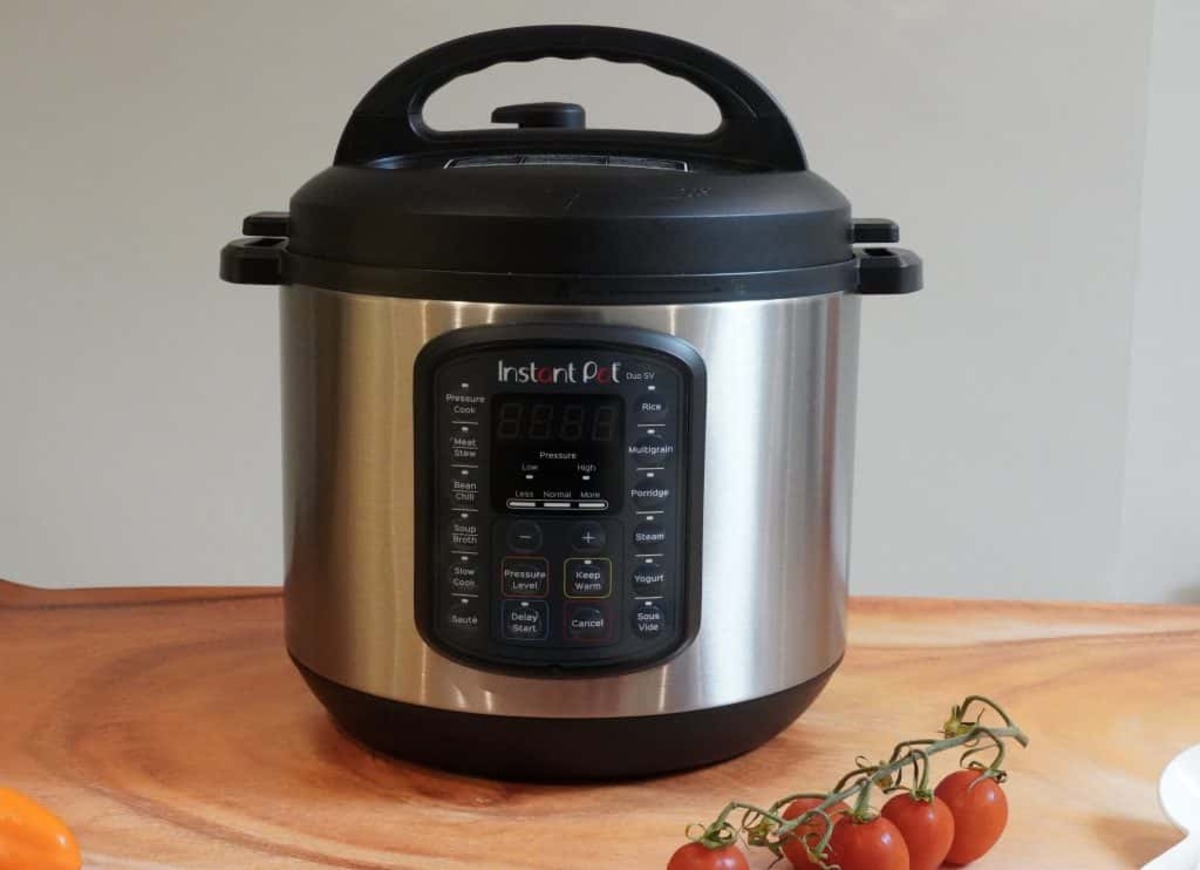
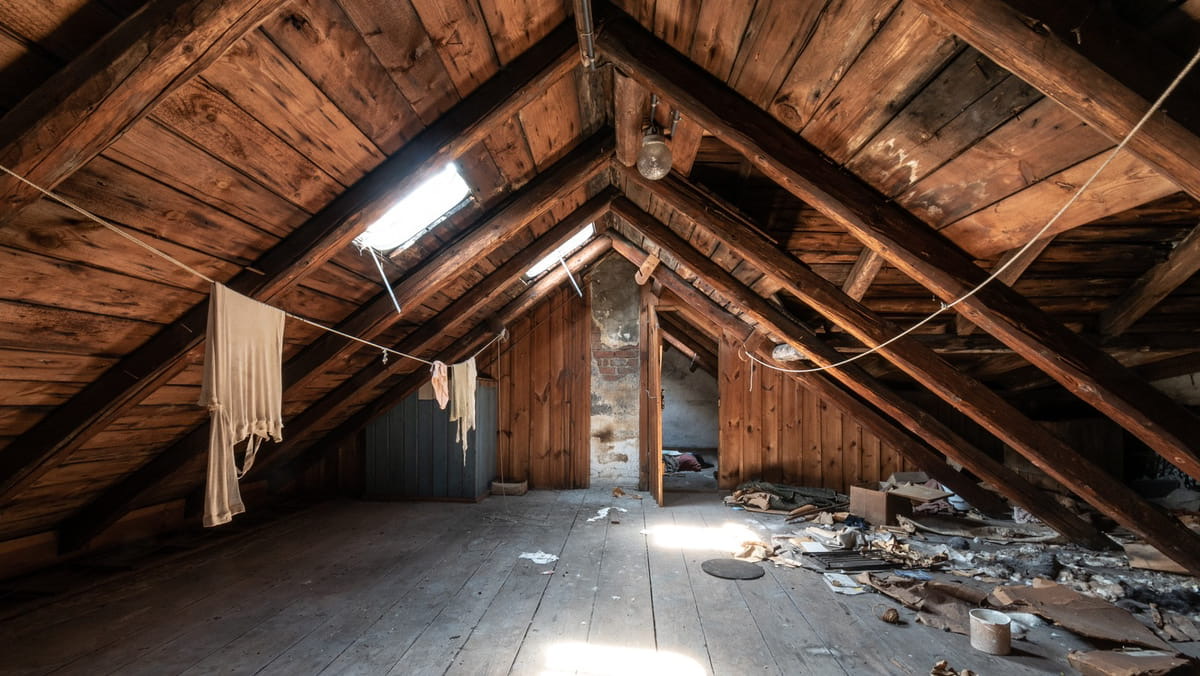
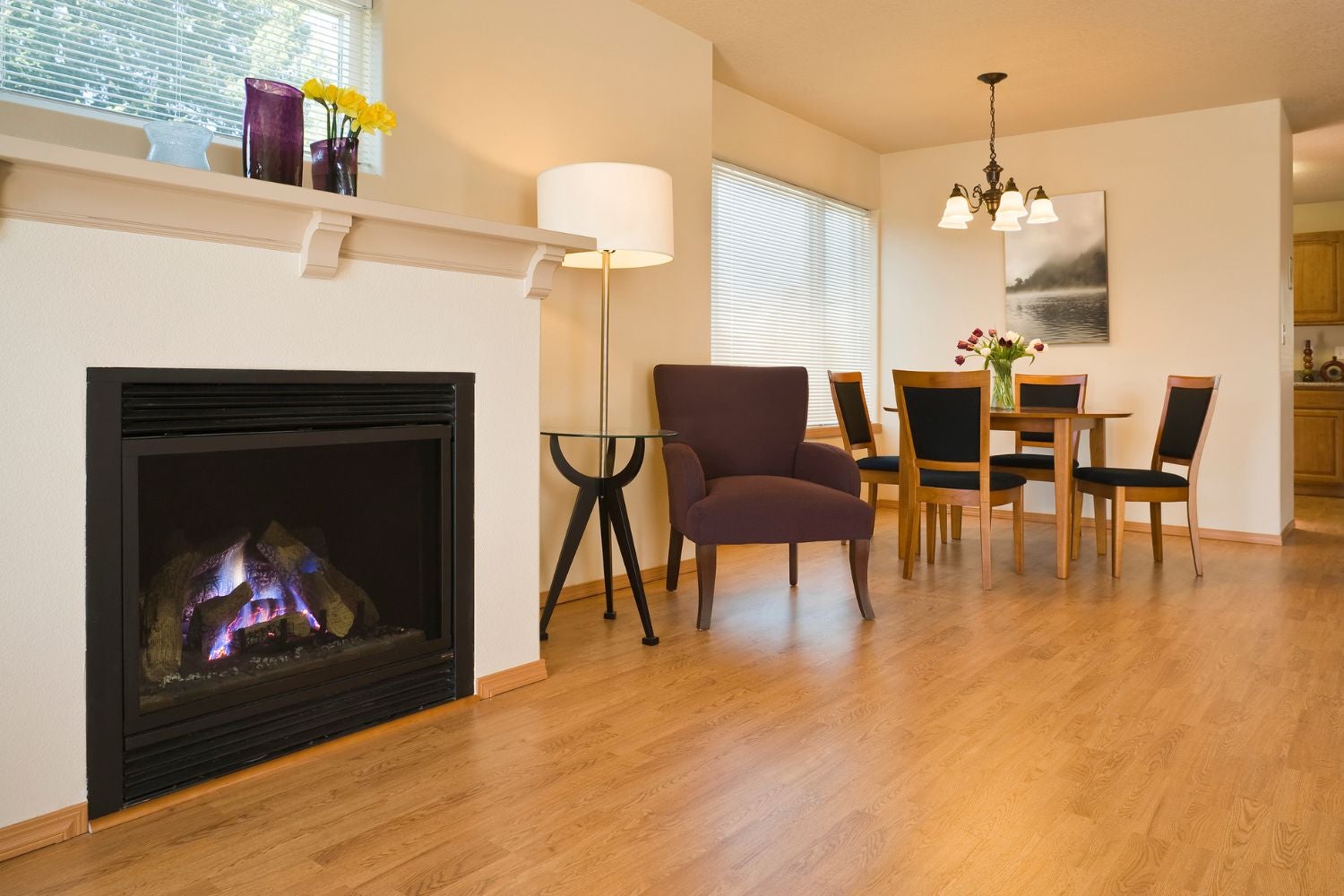
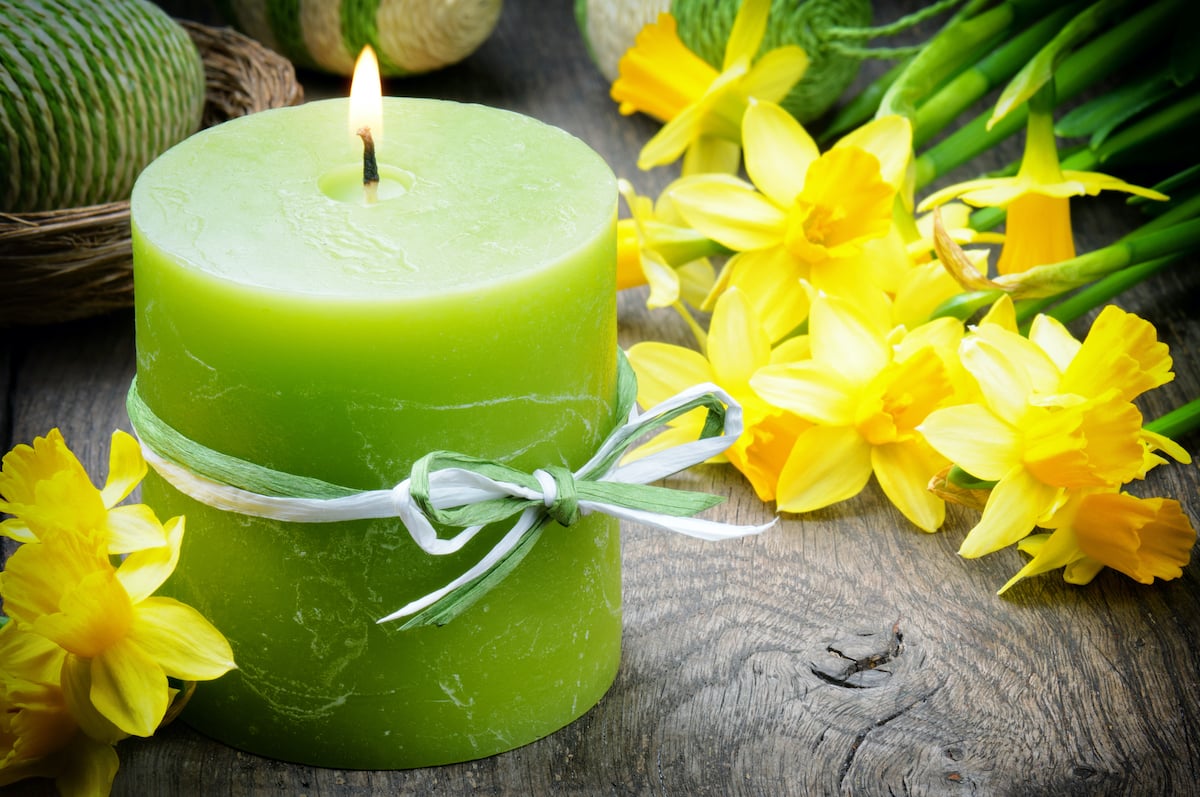

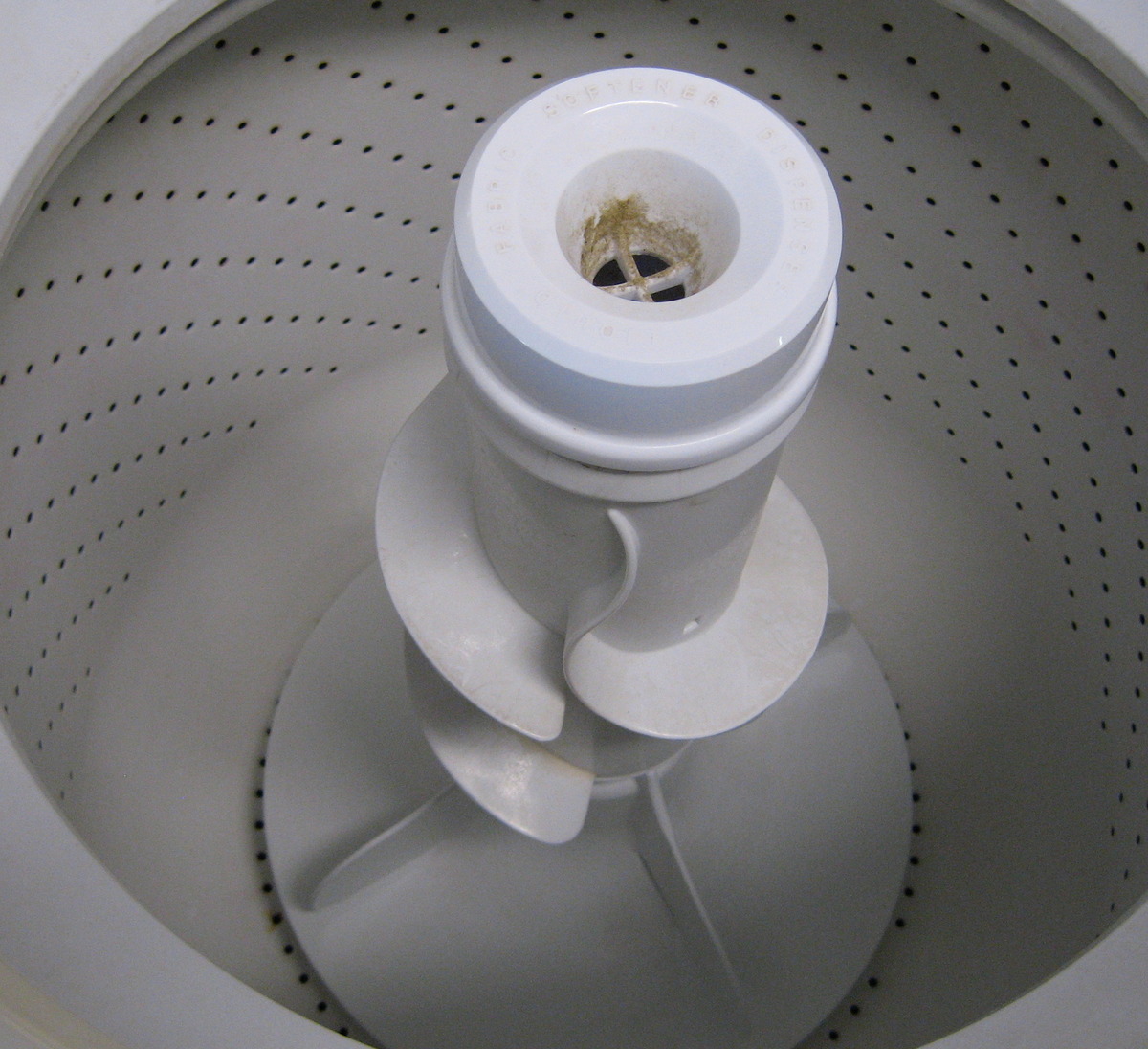
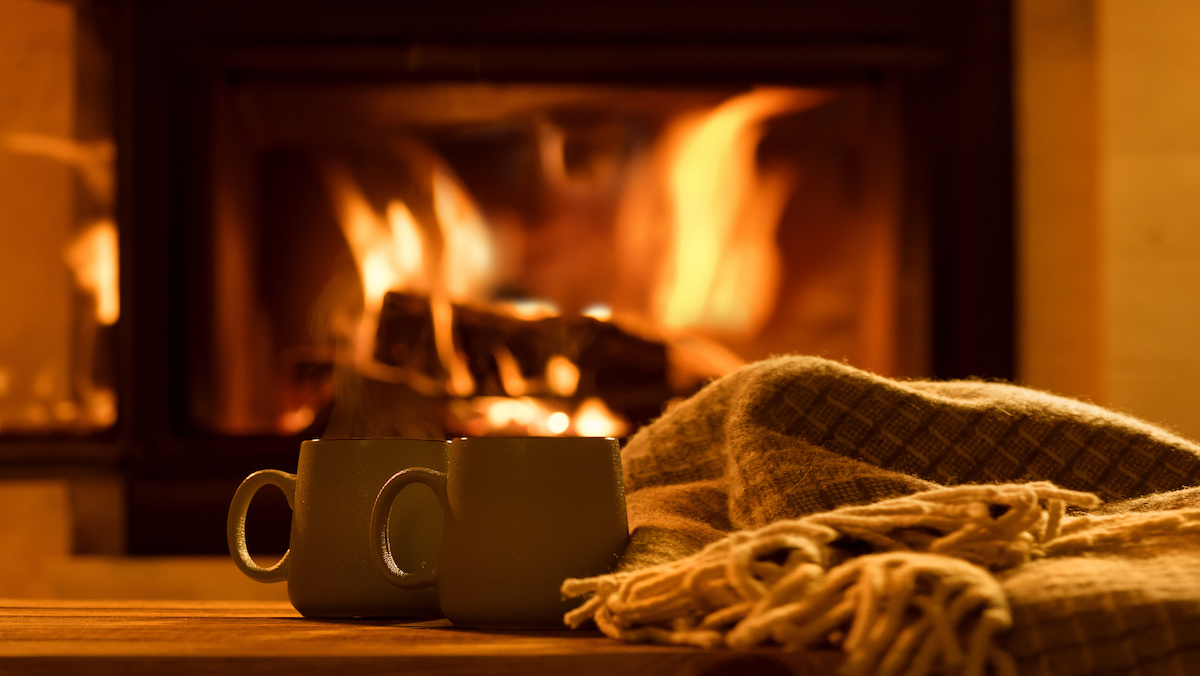
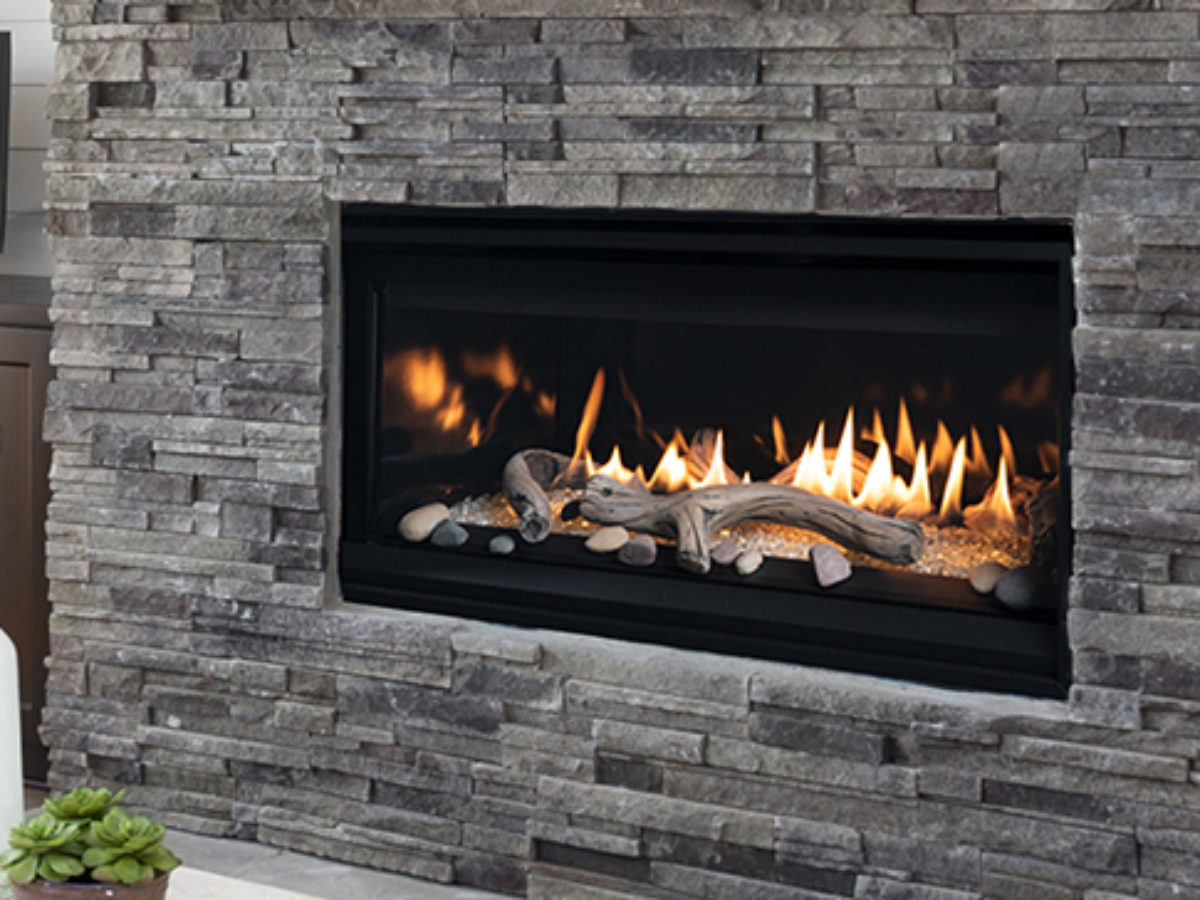
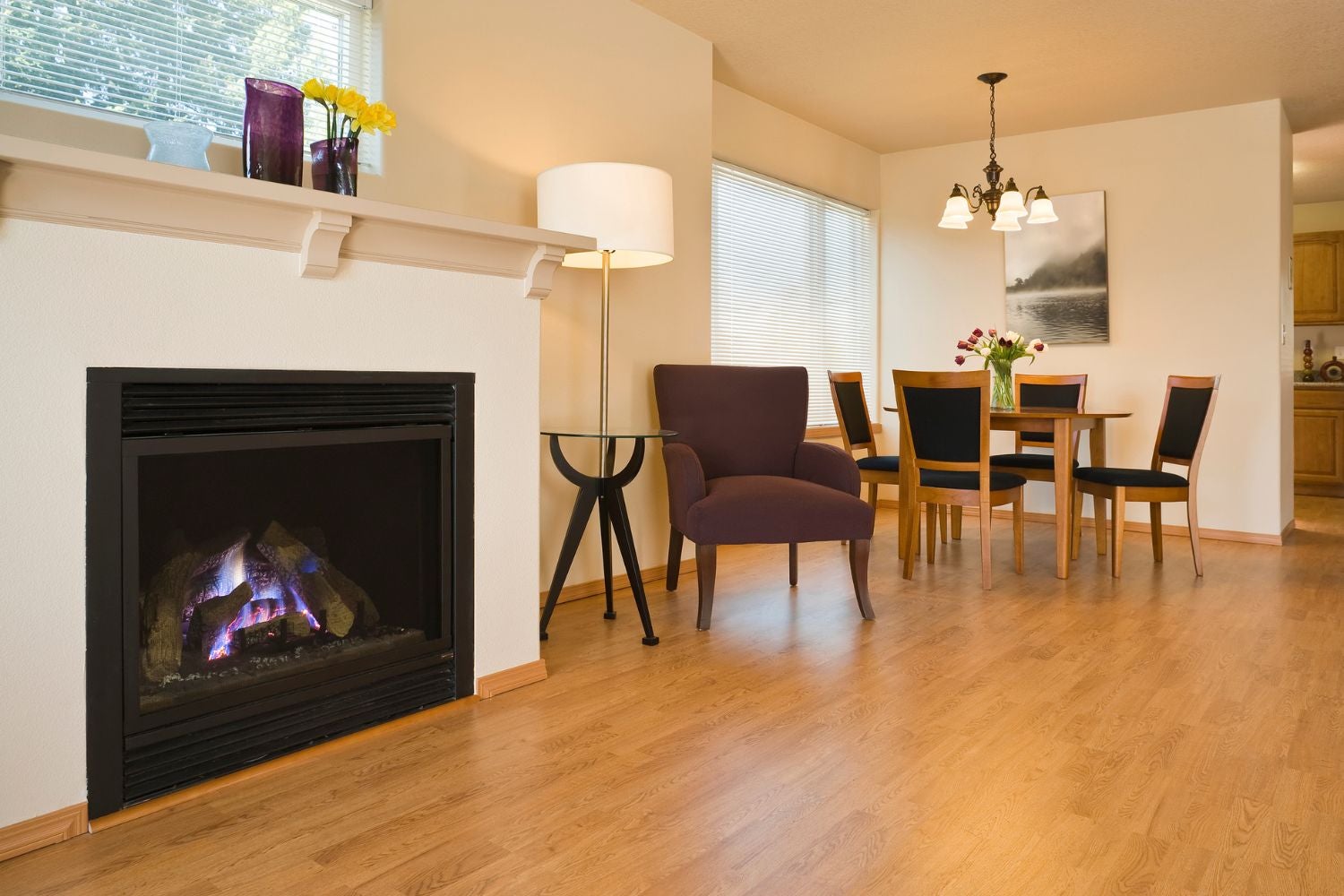
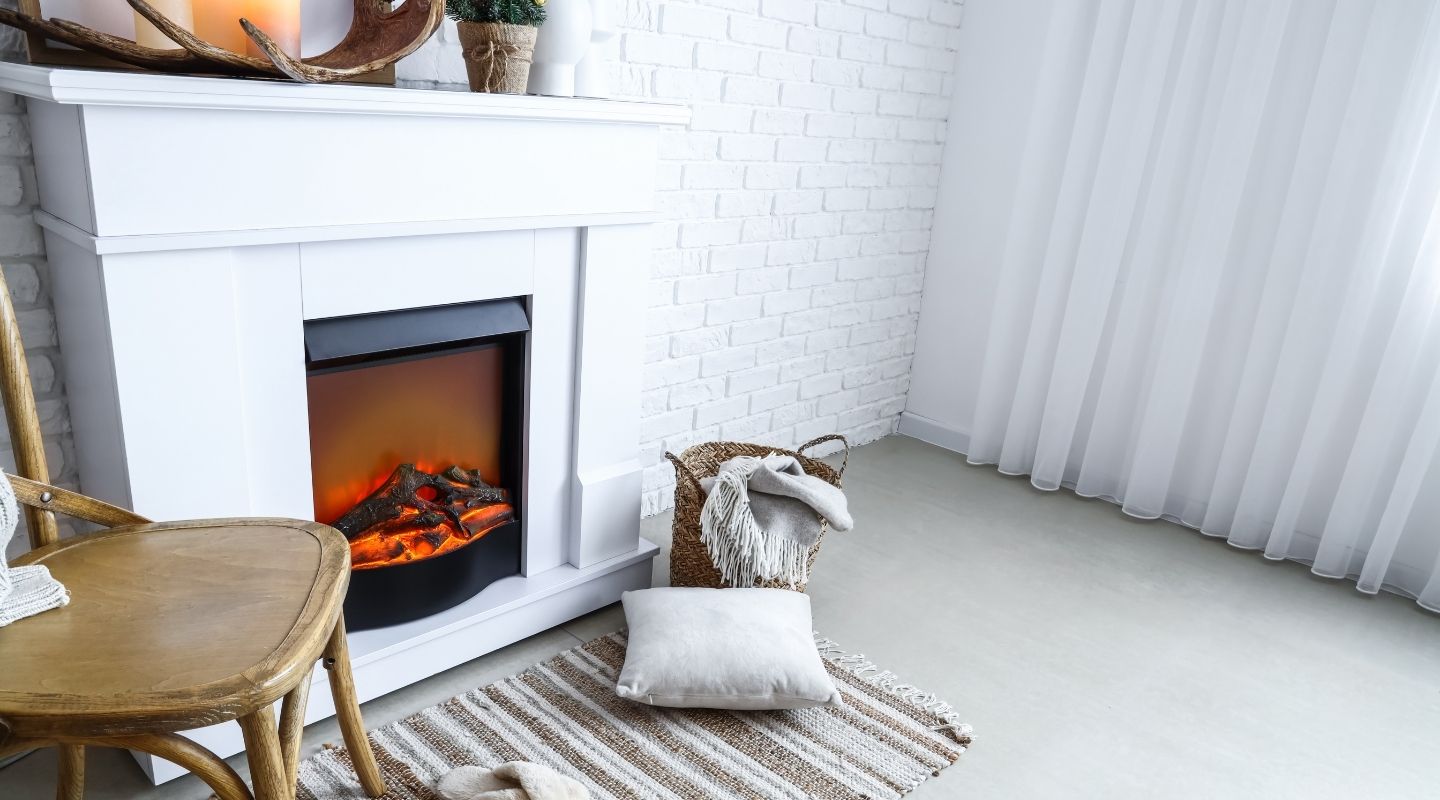
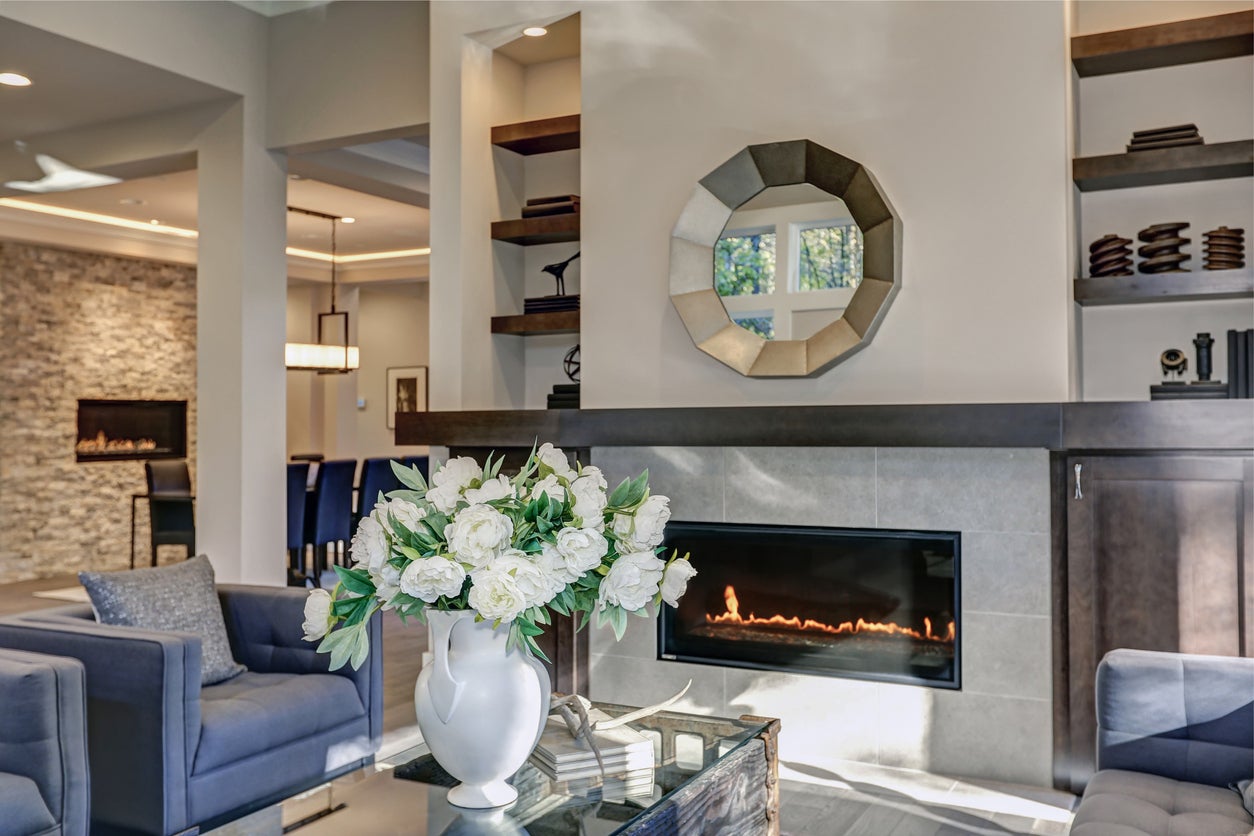
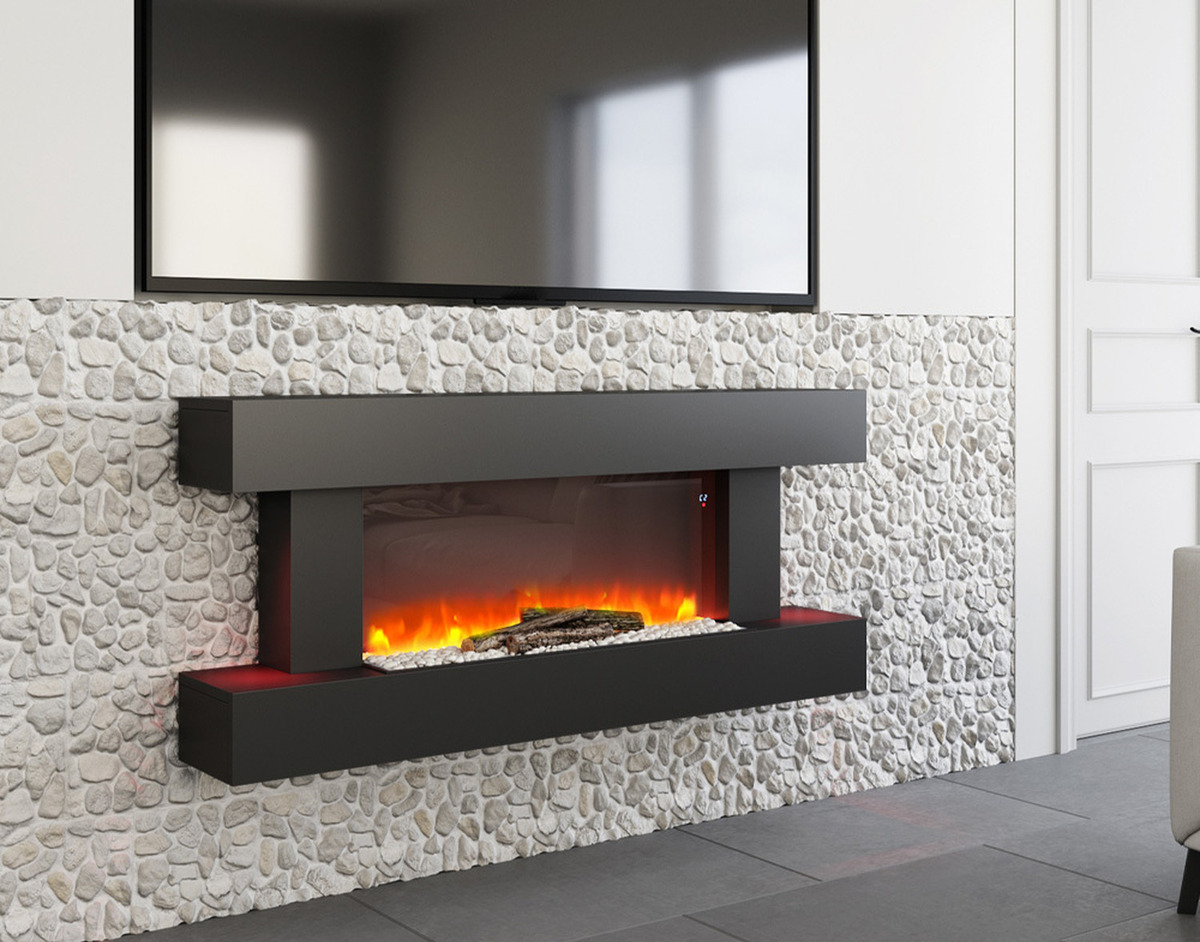
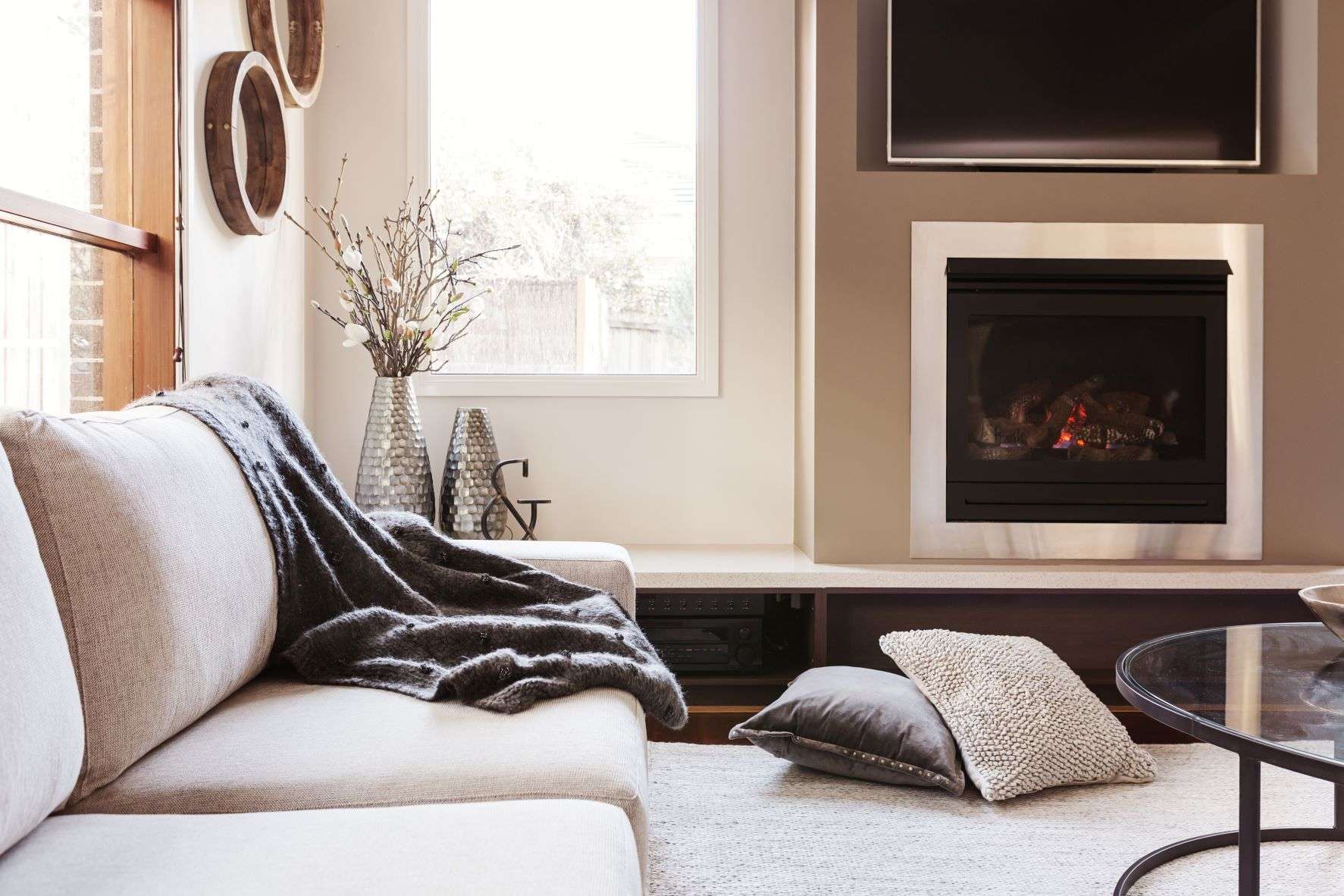

0 thoughts on “Why Is My Fireplace Popping”